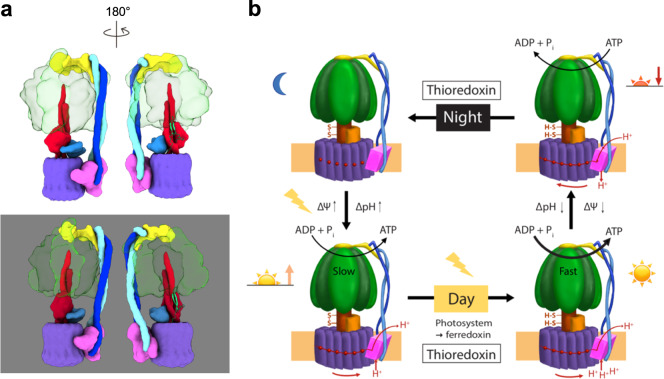Fig. 5. Proposed working model for the light regulatory mechanism.
a Cartoon schematics of the redox modulation. Upper and lower models are the reduced and oxidized states, respectively. Color codes are the same as in Fig. 1c and the β hairpin structures of the γ subunit are shown in light green. The two redox states are aligned in the same view. b At night, no energy input from light is available for the photosynthetic electron transport chain, and thus, no electrochemical potential (ΔΨ) and proton gradient (ΔpH) are generated. The oxidized γ subunit prevents CF1FO from hydrolyzing ATP. During the day, light induces charge separation to generate an electrochemical potential across the membrane. Although the CF1FO begins to synthesize ATP molecules, the γ subunit is still oxidized while ΔΨ is small. The rate of ATP synthesis is not at its maximum. At sunrise, thioredoxin subsequently reduces the γ subunit, fully activating CF1FO. The molecular motor, consisting of the γ-ε central shaft and the c14-ring, is free to rotate at full speed to maximize its ATP synthesis activity. Three ATP molecules per rotation of the c14 ring are produced. At sunset, the membrane becomes de-energized, leading to small ΔΨ and ΔpH, and the ATP hydrolysis starts to take place. To prevent ATP loss from excess ATP hydrolysis, the γ subunit is then oxidized again. This process of light regulation and redox modulation on the CF1FO will cyclize daily.

